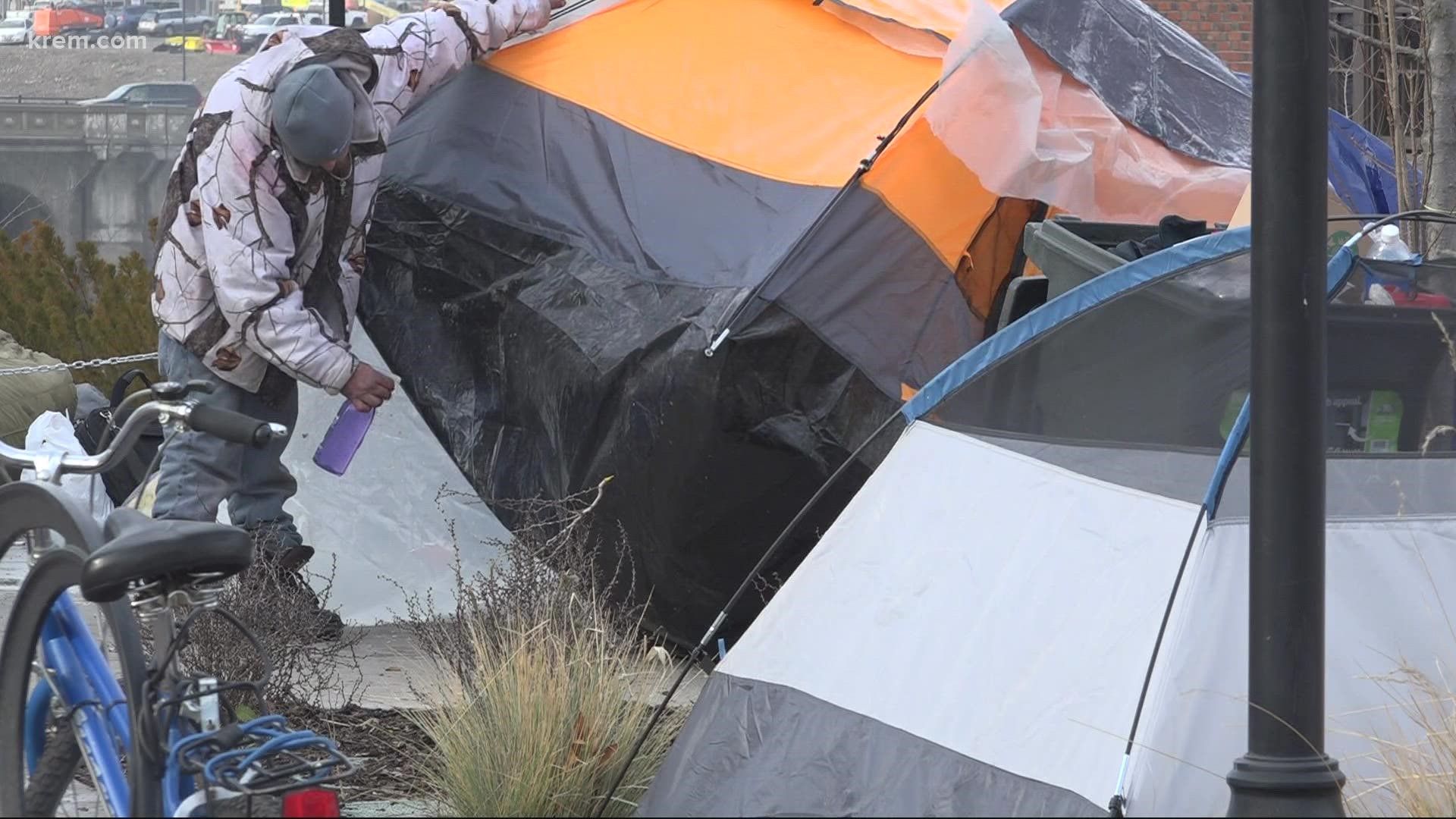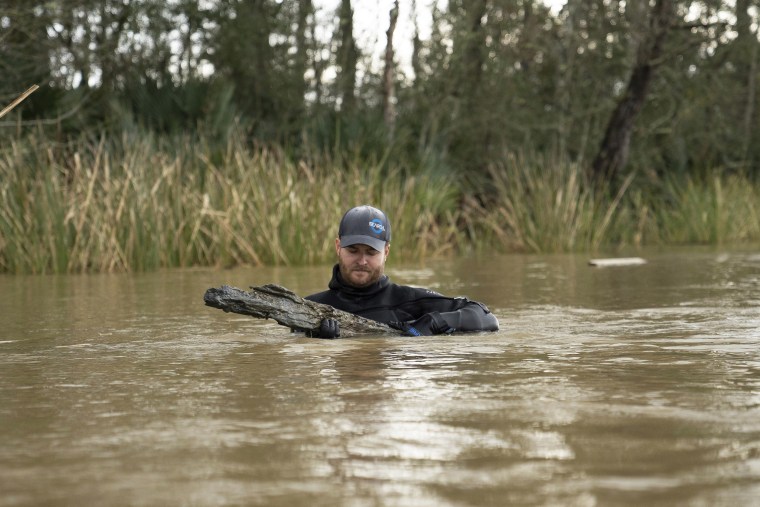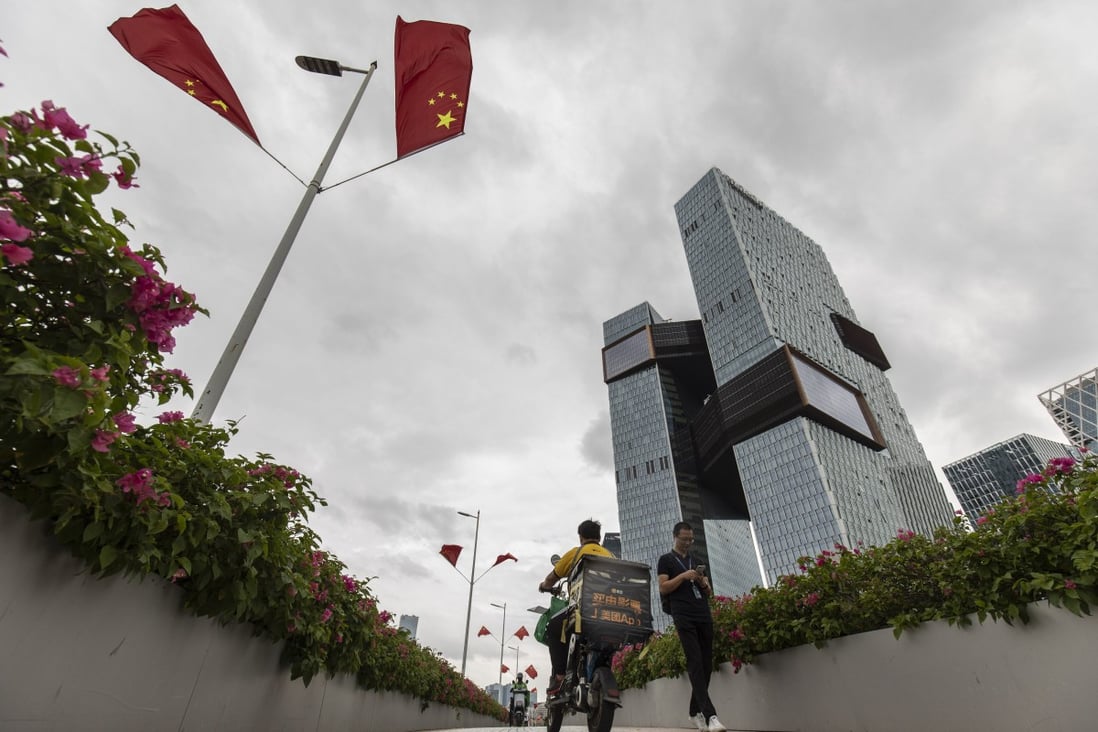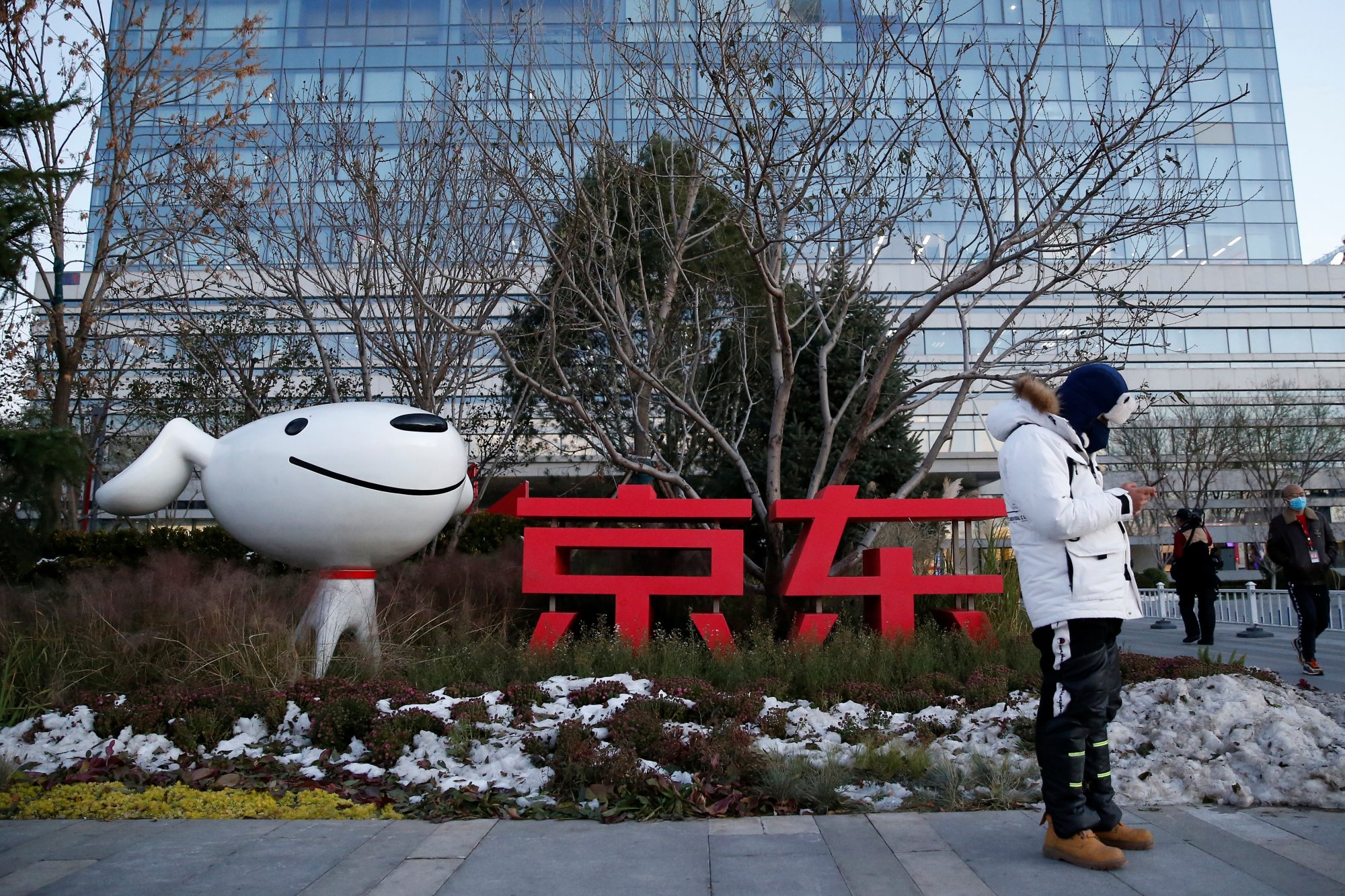• ASSOCIATED PRESS • DECEMBER 22, 2021
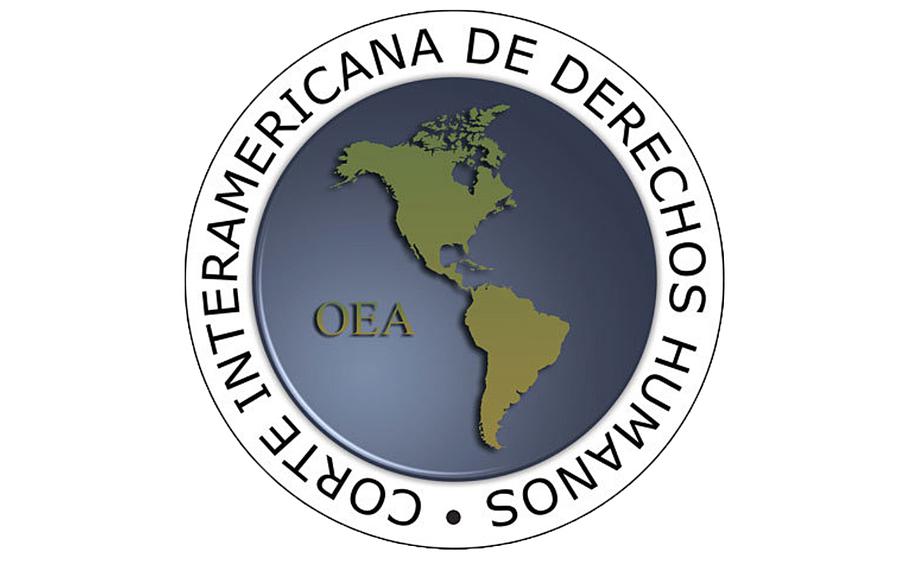
(Wikipedia)
SAN JOSE, Costa Rica — Two past right-wing governments in Latin America and one from the left have been found guilty by the Inter-American Court of Human Rights, which on Tuesday said the countries' current governments shouid make reparations.
The military dictatorship that ruled Argentina from 1976 to 1983 was found guilty in the forced disappearance of a couple and of taking their children. Guatemala's right-wing government of the 1980s was found guilty of a massacre. And the recent left-wing government of Ecuador's Rafael Correa was castigated for violating the rights of journalists.
The court, based in Costa Rica, determined that Argentina's military government systematically took and hid the children of suspected leftists who had been arrested and presumably killed during Operation Condor, which involved several allied right-wing governments in the region.
It said the government should make reparations to the son and daughter of Mario Roger Julien Cáceres and Victoria Lucía Grisonas Andrijauskaite, saying it had unjustifiably delayed efforts to clarify the couple's disappearance. It said the government should renew efforts to clarify the case and find the bodies.
The Guatemala case involved an army massacre of at least 38 men, women and children in the village of Los Josefinos on April 30, 1982 — a moment when troops were conducting a scorched-earth campaign to wipe out any support for leftist rebels. Other villagers fled, some seeking refuge abroad.
The court said criminal investigations into the massacre didn't start until nearly 14 years after the events.
The court said Guatemala should pay indemnities and court costs and speed up legal proceedings, as well as building a monument in the area where victims were buried in a mass grave and create an audiovisual documentary of the massacre.
The government of former Ecuadoran President Rafael Correa was found guilty of violating the right to free expression and other rights for prosecuting a journalist who had criticized him and executives of the newspaper that employed him.
Journalist Emilio Palacio Urrutia and executives Nicolás Pérez Lapentti, César Enrique Pérez Barriga and Carlos Eduardo Pérez Barriga were convicted of defaming Correa in a 2011 article published by the newspaper El Universo. They were sentenced to prison and fined. Palacios wound up fleeing the country.
The court found that the article was the sort of opinion piece that should enjoy proetection as a part of "democratic debate."
The court said the convictions should be annulled and that the country shoul find non-criminal avenues to protect the honor of officials.

